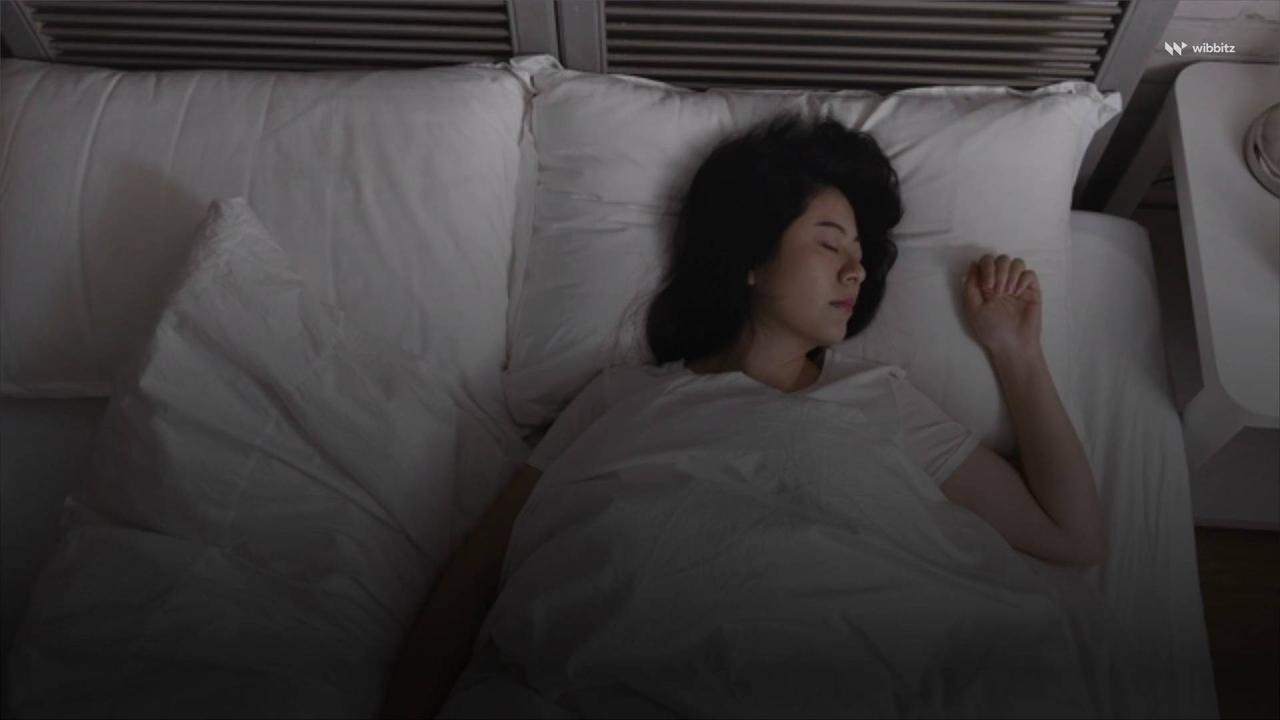Too Much Light While Sleeping Could Be Hurting Your Health

Too Much Light While Sleeping Could Be Hurting Your Health
Too Much Light While Sleeping , Could Be Hurting Your Health.
CNN reports that a study suggests sleeping while surrounded by dim lighting could cause a rise in blood sugar and increase heart rates in young and healthy people.
The study reportedly analyzed 20 healthy participants in their 20s, tracking their sleep for two nights in a sleep lab.
Researchers say on night one, the room in which participants slept was so dark, "you wouldn't be able to see much, if anything, when your eyes were open.".
We recorded their breathing, their heart rate, their EKG, and we also drew blood from them to measure melatonin levels while they were sleeping.
, Dr. Phyllis Zee, director of the Center for Circadian Sleep Medicine, Northwestern University, via CNN.
On night two of the study, some participants stayed in the dark, while others slept under dim light equal to "a very, very dark, cloudy day or street lights coming in through a window.".
The study found that even such minimal amounts of light were negatively affecting participants, .
Creating deficits in slow-wave and rapid eye movement sleep.
Researchers say the light levels on night two did not affect melatonin levels in participants.
Though their heart rates rose, insulin resistance increased and their nervous systems had fallen out of balance.
Experts say for the healthiest sleep, turn off the lights and start using a comfortable sleep mask.
Experts say for the healthiest sleep, turn off the lights and start using a comfortable sleep mask.
I think the strength of the evidence is that you should clearly pay attention to the light in your bedroom.
, Dr. Phyllis Zee, director of the Center for Circadian Sleep Medicine, Northwestern University, via CNN
